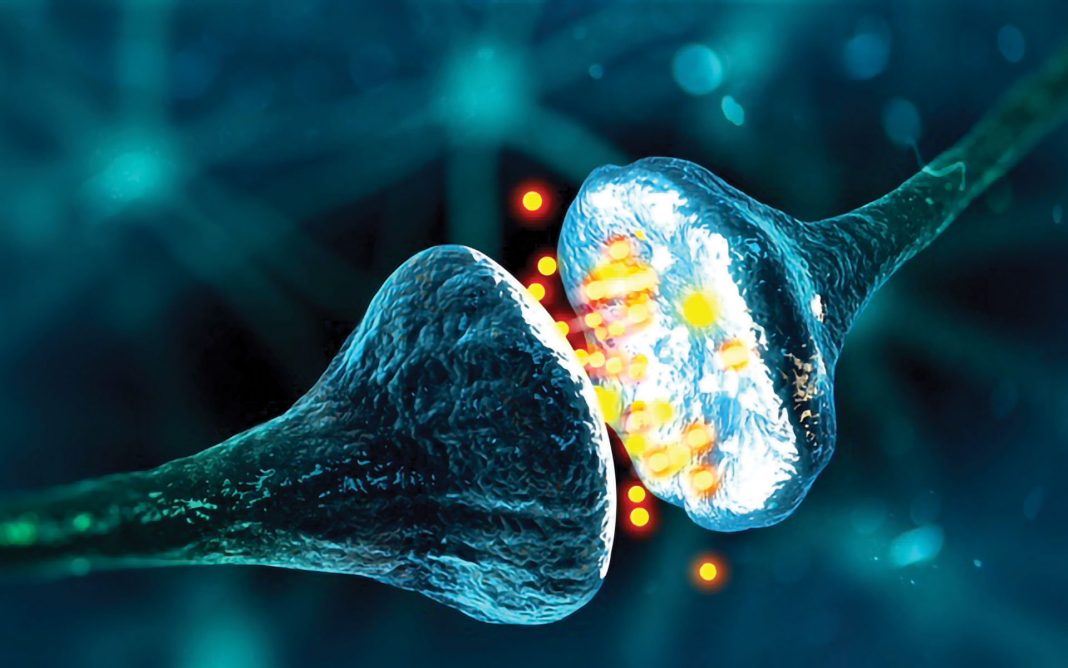Scientists from Oregon Health & Science University (OHSU) and the University of Edinburgh have discovered that a little-understood junction that connects neurons to oligodendrocyte precursor cells (OPCs) in the brain plays a role in producing myelin, the protective sheath that surrounds nerves. Details of the findings are published in Nature Neuroscience in a paper titled, “Synaptic input and Ca2+ activity in zebrafish oligodendrocyte precursor cells contribute to myelin sheath formation.”
The significance of this finding lies in OPCs’ role in the central nervous system—they make up 5% of all cells in the brain and they differentiate into oligodendrocytes and other cell types. “OPCs and their interactions with neurons play important roles in CNS health and disease such as myelination and remyelination, neural network remodeling, and glioma progression,” the researchers wrote in the paper. Previous studies have indicated that OPCs may be involved in neurodegenerative conditions, including demyelinating disorders such as multiple sclerosis (MS), neurodegenerative diseases like Alzheimer’s, and even psychiatric disorders like schizophrenia.
The neuron-glial synapse is the only one that exists between neurons and OPCs. This study marks the first time that these one-of-a-kind synapses have been investigated in a live tissue model, according to the paper’s senior author Kelly Monk, PhD, a professor and co-director of OHSU’s Vollum Institute.
She and her team studied the synapses by using single-cell imaging of live zebrafish tissue to get a better sense of their composition and in vivo function. They were also able to predict the timing and location of the formation of myelin. “This gives an understanding of the basic, fundamental properties of how these cells work in normal development. In the future, we might look at how they function differently in the context of MS patients,” Monk noted.
Jiaxing Li, PhD, a postdoctoral fellow in Monk’s lab and lead author on the paper, believes that the findings could lead to new methods of regulating OPC function to alter disease progression. For example, these synapses could be the key to promoting remyelination in conditions such as MS, where myelin has been degraded. “There may be a way to intervene so that you can increase the myelin sheath,” he said.
But Monk thinks the first applications where these synapses’ role might be relevant are in cancer. “In glioma, these synapses are hijacked to drive tumor progression,” she said. “It may be possible to modulate the synaptic input involved in tumor formation, while still allowing for normal synaptic signaling.”



